About sold
this item is sold
Lost-Wax System
This Tara of Naropa Statue, [chocolate Oxidize], [sold] is made by the process of the Lost Wax system. This is a very complicated, time consuming and historic process of making metal sculptures.Which is why it is sometimes called Precision Casting as well. Hence the sculptures made by this process are comparatively expensive. There are many new, advanced and less time consuming methods of casting metal sculptures available as well. But due to the benefits provided by the traditional lost wax system in quality control and customization, we prefer the Loss wax system over Ceramic molding, or sand casting to make our Tara.
Below we have tried to illustrate the process of making a loss wax system statue:
The method of metal casting in which a molten metal is poured into a mold that has been created by means of a wax model. Once the mold is made, the wax model is melted and drained away. Bronze statues come to life differently than marble statues. Instead of carving a block or marble, the bronze artist uses the lost-wax technique to make a series of molds, and then pours melted bronze into the final mold to create the sculpture. This method has been around since 4500 BCE.
There are few important steps in lost wax casting process :
Step 1: Sculpting ( It all starts in the studio with an idea, Then figuring out how to realize the vision in clay.)
Step 2: Mold Making.
Step 3: Wax Pouring.
Step 5: Wax Spruing.
Step 6: Shell Dipping.
Step 7: Bronze Pouring.
Interestingly enough Loss wax process is also called Investment casting because after layers have been formed and dried, the wax is melted out of the ceramic tree by using steam (120°C) in an autoclave. This is why it is called "lost wax casting". The majority of the molten wax which can then be regenerated and is reusable.

Before Making statue :At work room making the wax models.

Softening a piece of wax over a brazier.

Relaxing after softening the wax The working environment with works in progress.

Working the face of an Ekajata wax model.

Working the face of wax model.Using a modeling tool to form the face of Ekajata.

Deatail of wax model

The design for Ekajata compared to the Tibetan book on which it was based.Statues Maker Are master in buddhism .

Detail of A partially finished Candamaharoshana (Acala) wax figure made in the Tibetan style.

A finished wax image of Mahakala.

Anthor Finished Wax Model of Shakyamuni Buddha

One of the modelers working in the room shows the Pehar image on which he is working.

The artist showed how the goat , which had been completed earlier, fits under the image. ,

Tej Jyoti Shakya and his wife, Nani Maya Shakya Covering the wax model in a mixture of clay and dung

Pressing the mixture of clay and dung around the wax image.

The board with the clay and dung mixture ready for use.

Model Pieces drying after the initial (dipped) thin layer of fine clay.

Clay-covered model pieces drying in the sun.

Molds waiting to be put into the burnout furnace

The same molds, seen in the previous image, in the burnout furnace

The double row of refractory bricks used to support the heated molds during casting.

The melting furnace and a pile of coke used for melting the metals. Laying the bed of coke in the melting furnace.

The first ignition of the coke.

Checking the coke bed.

The electric blower used to force air into the melting furnace

Beginning to fill the crucibles with scrap copper.

Preparing the bed of burning coke to receive the crucibles

Sorting various metals used in the alloys.

Weighing precious metals that are used in the alloys

Weighing copper from Singapore to achieve a correct alloy.

Different sizes of crucibles and various types of metals to be cast in this melt.

Placing the crucibles in the bed of coke filled with metal are in place.

After the crucibles are in place, more coke is piled around them.

The crucibles are covered with scrap metal to hold in the heat.

The electric fan is then connected.Soon a very hot flame is produced.

The entire furnace temperature goes up to about 1800 -1900 degrees.

Setting up molds in between the refractory bricks to receive the molten metal. Handling the molds with asbestos gloves and bracing them with fragments of bricks.

Pouring the molten metal into the base of a mold

Another view of the artists pouring the molten metal.Detailed view showing the molten metal being poured into the sprues.

Preparing to lift and pour molten metal from one of the larger crucibles.

Cooling a mold containing the recently poured metal.

Beginning to break away the clay mold from the metal casting. The mold breaks away revealing the metal image inside

The first metal image from the day's work.

Examining the image for flaws

Two auras (prabhamandalas), one that cast perfectly and one (in front) that only partially filled.

Opening more molds

Researchers mark specific metal images for future identification.

Cleaning the details of the image with a metal tool.

Sawing off the sprues from Aura image. The sprue metal will be reused in future castings.

Two auras that worked perfectly. The one on the right has been cut off of the sprues, while the one on the left still has the sprues attached.

The finishing specialist begins the finishing process with a set of tools, including a small hammer. to give more detail

The entire surface of the image will be gently hammered to a final, almost polished finish.

The finisher's tools and the work in progress

Finishing work on an image of the Buddha.

Hammering the chest of an image that is being held against the work block

A Buddha image hammered and chased to the final, detailed finish.

Cleaning in a very mild acid bath. The image and prabhamandala are placed in a final acidic bath to make sure the surface is absolutely clean.

Drying the image with a blow torch.
About Naropa :Naropa lived in India about 900 years ago. Naropa was a great learned man versed in Sutras, Tantras and many other ancient lores. During Naropa stay in the famous Nalanda monastery his intellectual accomplishment was foremost and without any match. But Naropa intellectual pride was humbled by an old lady who was an emanation of Vajrayogini. At that time, she also suggested him to consult Tilopa for the real understanding of Mahamudra.
Naropa searched for Tilopa exerting much effort. His arduous search and devotion to Tilopa has become a legend in itself. Naropa found Tilopa by the bank of a river. He was dressed like a mad man and was eating fish which was unusual for a holy man. Naropa underwent training under him for about twelve years and received the inner transmission of Mahamudra practice. Guru Naropa profound Mahamudra teachings was received by Tilopa directly from Buddha Vajradhara. Naropa is generally dressed in the white lower garments of a yogi. Naropa body is of an ash colour like that of a wandering mendicant. Naropa left hand holds a skull cup filled with nectar and his right hand shows varada mudra. Naropa sits in Lalitasana posture under an antilope mat. Naropa wears a meditation band on his waist.
You may also want to read the related articles :
Service of Filling and blessing in Statue
|
Videos of statue Making Process
|
Making Process Of Metal Statues
|
Gold Plating in Statues
|
Altering Finishing in Statue
At Handicraft Seller, we believe in providing a seamless and user-friendly experience to our valued customers. While our website is not an online shopping platform, we have incorporated a shopping cart system to simplify the process of sending us your inquiries. Please follow the steps below to place your order:
Step 1: Browsing the Selection
Explore our website to discover a delightful array of authentic Nepali handicraft products.
Click on the products you are interested in to view detailed descriptions and images.
Step 2: Adding Items to Your Inquiry Cart
To express your interest in a particular product, click the "Add to Inquiry Cart" button associated with that item.
The shopping cart will accumulate your selected products, providing a convenient way to organize your choices.
Step 3: Reviewing Your Inquiry Cart
Once you have finished selecting the items you wish to inquire about, review your "Inquiry Cart" to ensure accuracy.
Step 4: Sending Your Inquiries
Proceed to submit your inquiries by clicking the "Submit Inquiry" button.
A form will prompt you to provide your contact details, the selected products, and any specific queries you may have.
Step 5: Communicating through Email
As we do not have an automated payment system, we will conduct the business process through email.
Our team will review your inquiries and respond via email, offering further assistance and guidance.
Step 6: Clarifying Details and Finalizing Your Order
Engage in direct communication with our team to clarify any additional information or customization requests.
Once you are satisfied with the details, we will provide you with payment instructions and confirm the order.
Step 7: Completing the Transaction
Make the payment through the designated method as provided in the email.
After receiving the payment, we will process your order and prepare it for shipment.
Step 8: Shipping and Delivery
We offer worldwide shipping for all our products.
Once your order is dispatched, we will provide you with shipping details and tracking information.
Step 9: Receiving and Enjoying Your Handicrafts
Wait for your exquisite handicrafts to arrive at your doorstep.
Unpack and revel in the beauty and craftsmanship of your chosen Nepali treasures.
Contacting Us
If you encounter any complications while submitting your inquiries or need further assistance, please feel free to contact us.
Preferably, reach out to us through mobile communication applications or email for prompt responses and support.
We hope this straightforward ordering process ensures a delightful and satisfying experience with Handicraft Seller. Thank you for choosing us to connect you with the rich heritage of Nepali handicrafts.
Return Policy
We have a 7 days money back policy but buyer have to pay the return shipping charges.
Shipping
- Shipping cost USD US$25.2 for upto 0.5 kgs
- We ship Worldwide, Except Russia and India.
- The deliver duration varies for international Shipping location. We normally dispatch the product in 2 -3 business days. Else Buyer will be infromed Personally about the shipping.
This is not a direct shopping website. So no payments are needed for placing an order. Please feel free to send us an order for the product you are interested in, mentioning the approximate quantity. Based on which we will send you a wholesale price quotation.






![Naropa Statue, [chocolate Oxidize], [sold]](https://handicraftseller.com/uploads/pics/product/thumb/2013/11/10150.jpg)
![Naropa Statue, [chocolate Oxidize], [sold]](https://handicraftseller.com/uploads/pics/product/thumb/2013/11/10150_0.jpg)
![Naropa Statue, [chocolate Oxidize], [sold]](https://handicraftseller.com/uploads/pics/product/thumb/2013/11/10150_1.jpg)
![Naropa Statue, [chocolate Oxidize], [sold]](https://handicraftseller.com/uploads/pics/product/thumb/2013/11/10150_2.jpg)
![Naropa Statue, [chocolate Oxidize], [sold]](https://handicraftseller.com/uploads/pics/product/thumb/2013/11/10150_3.jpg)
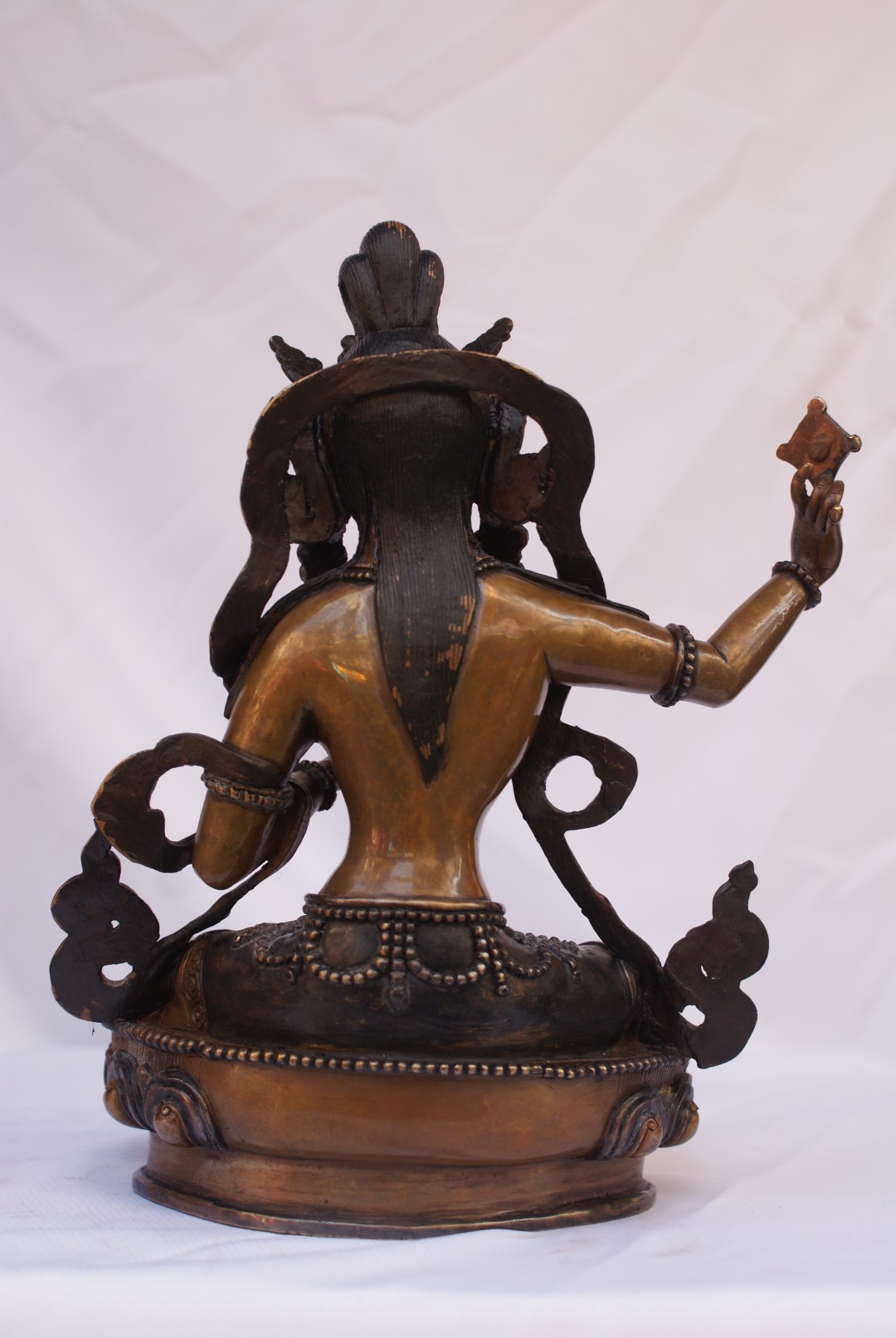

























































 White Tara, Buddhist Handmade Statue,
White Tara, Buddhist Handmade Statue, 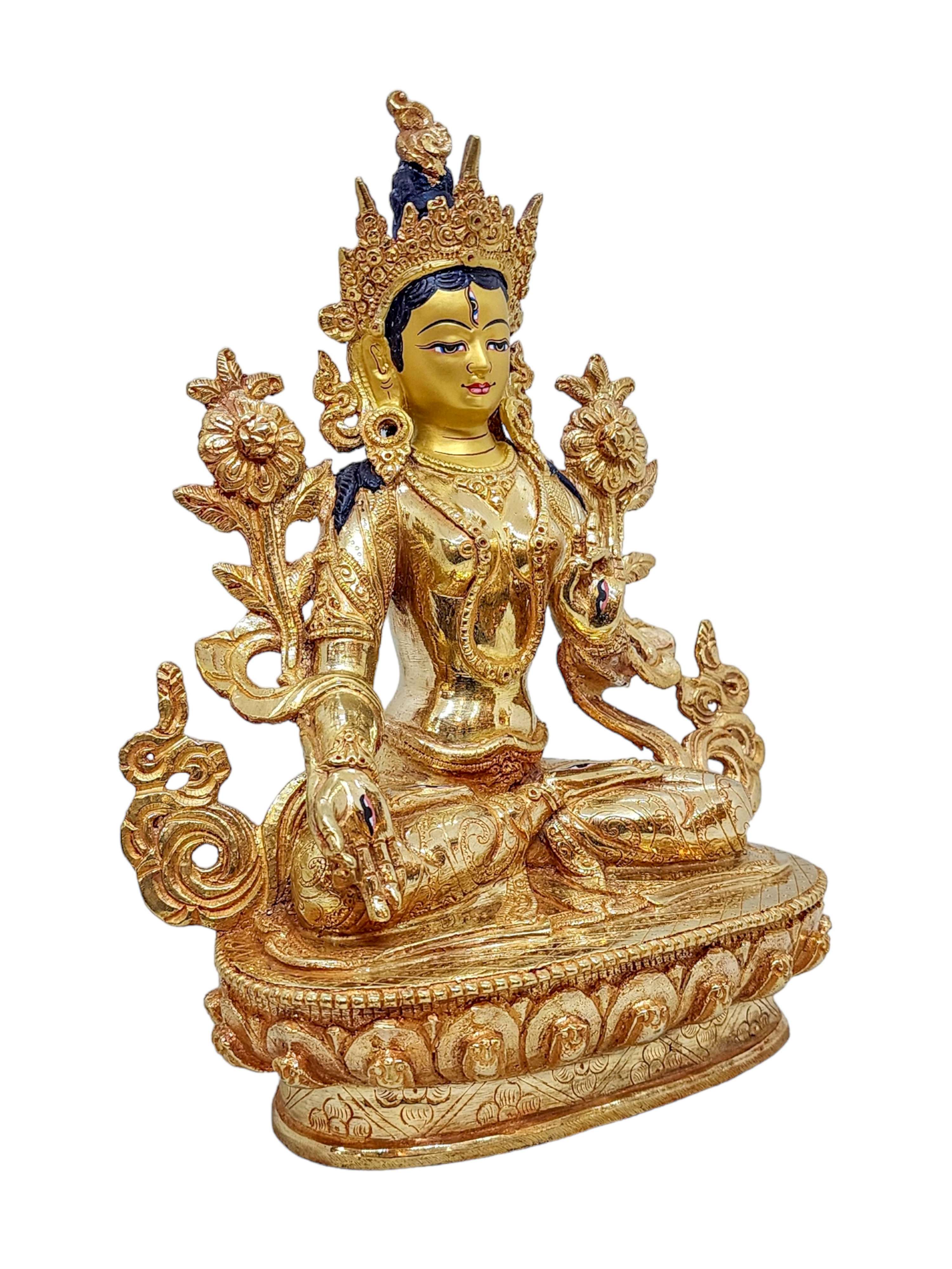 White Tara, Buddhist Handmade Statue,
White Tara, Buddhist Handmade Statue,  of White Tara,
of White Tara,  of White Tara,
of White Tara,  Chocolate Oxidize,
Chocolate Oxidize,  Chocolate Oxidize,
Chocolate Oxidize, 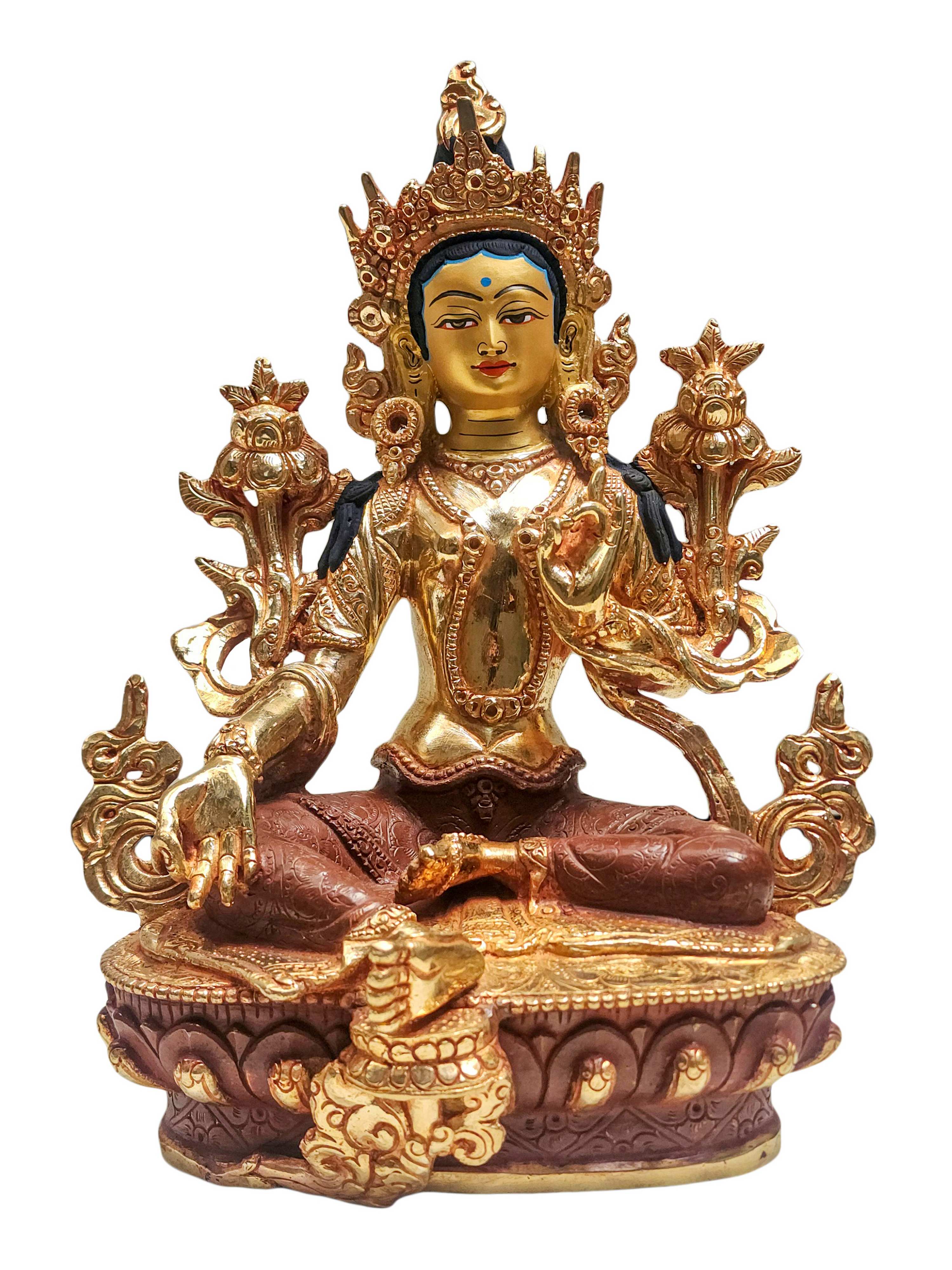 Green Tara, Buddhist Statue,
Green Tara, Buddhist Statue, 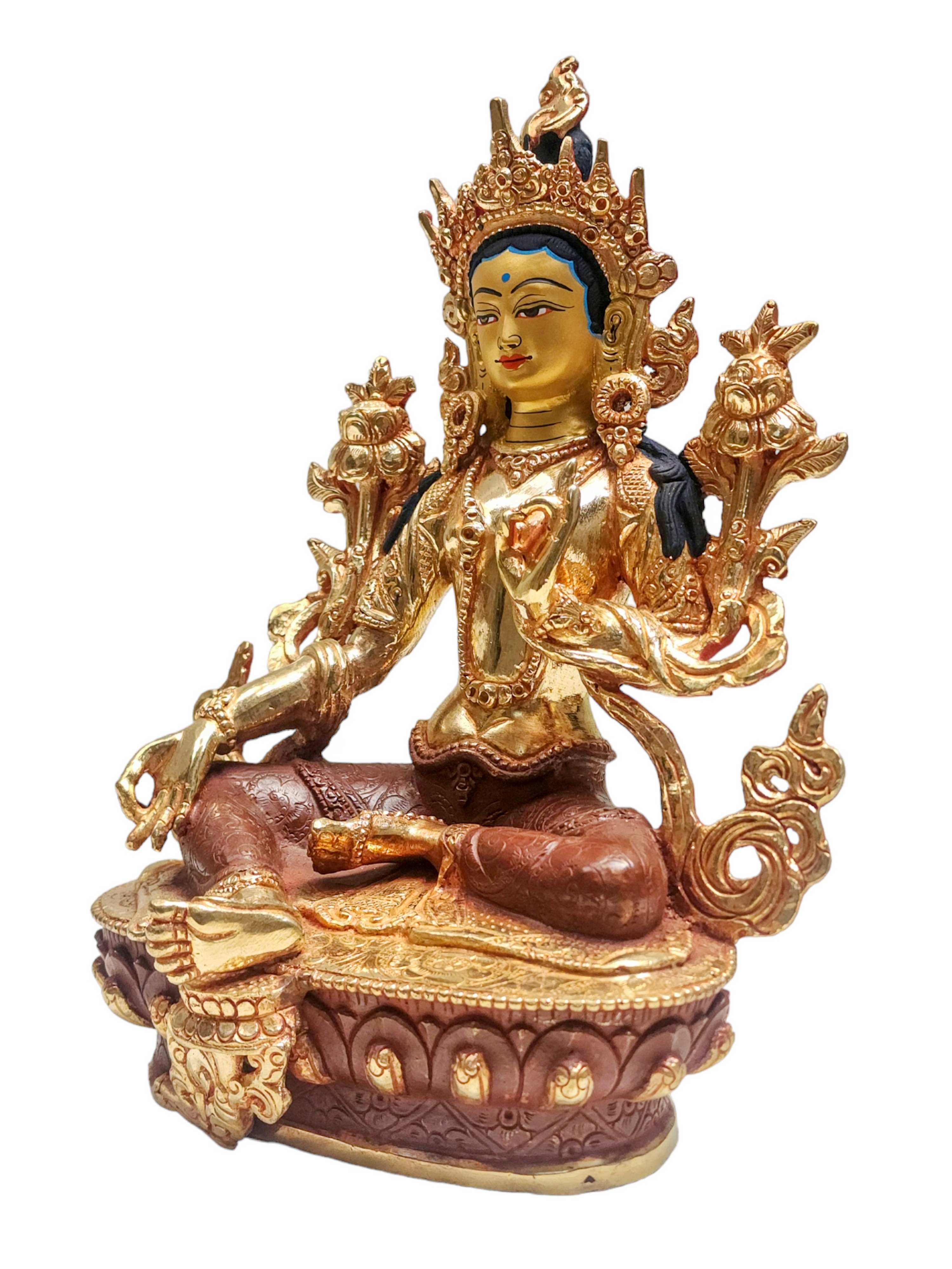 Green Tara, Buddhist Statue,
Green Tara, Buddhist Statue,  of
of 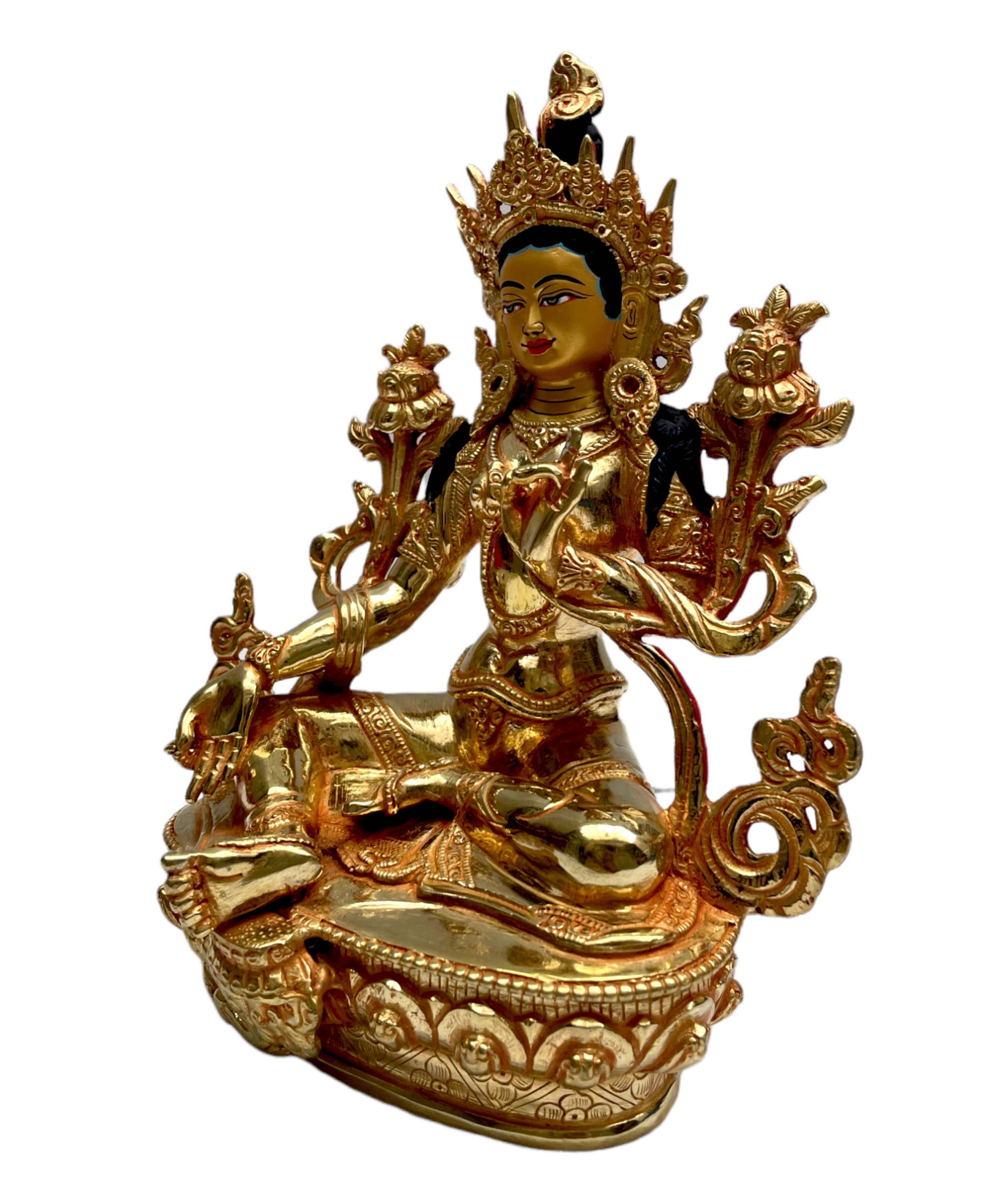 of
of  of Green Tara,
of Green Tara,  of Green Tara,
of Green Tara,  of White Tara,
of White Tara, 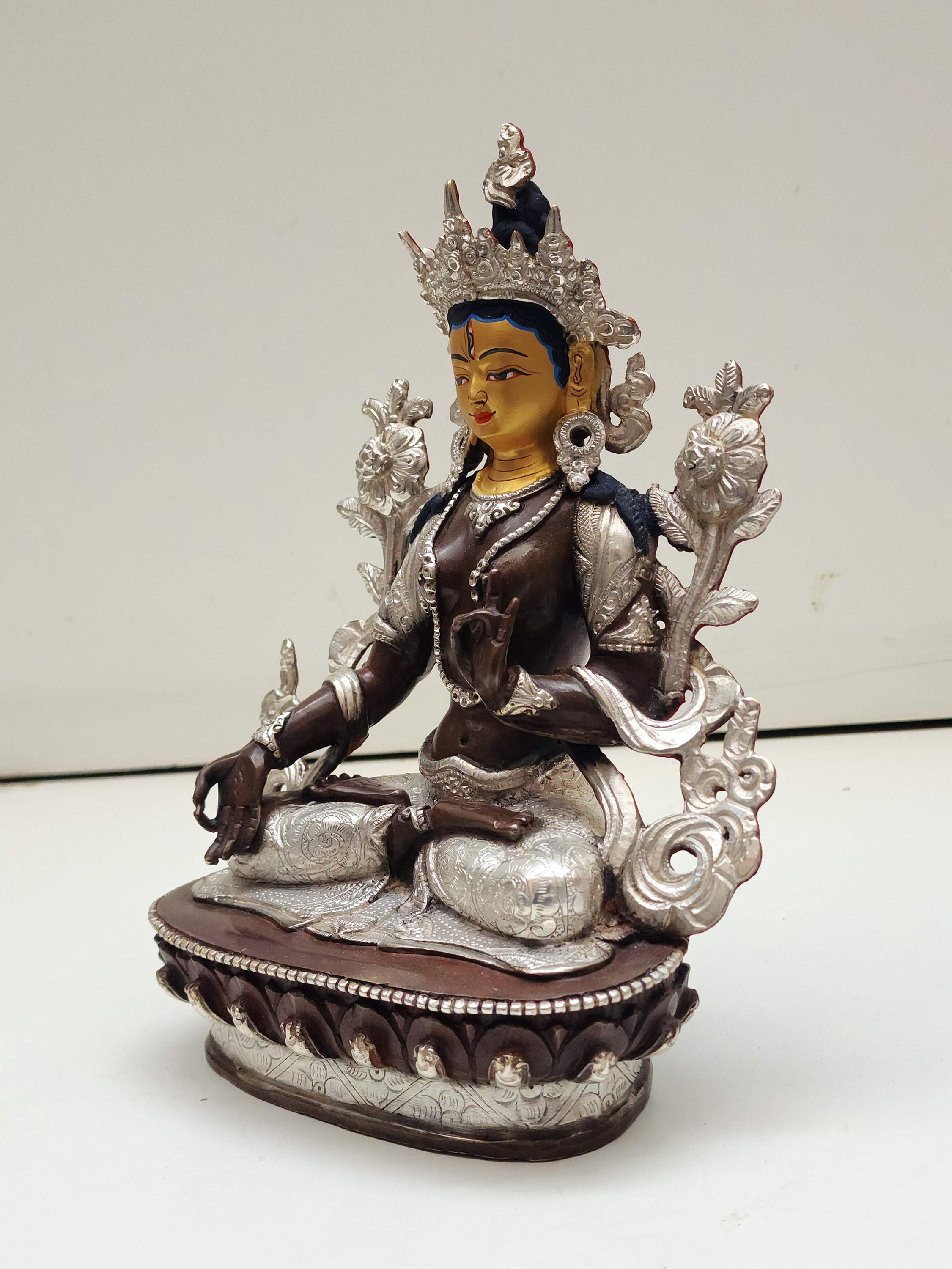 of White Tara,
of White Tara,  of Green Tara
of Green Tara  of Green Tara
of Green Tara  of Green Tara, Newari Style,
of Green Tara, Newari Style,  of Green Tara, Newari Style,
of Green Tara, Newari Style,  Sold" title="Lotus Tara Statue,
Sold" title="Lotus Tara Statue,  Sold" title="Lotus Tara Statue,
Sold" title="Lotus Tara Statue,